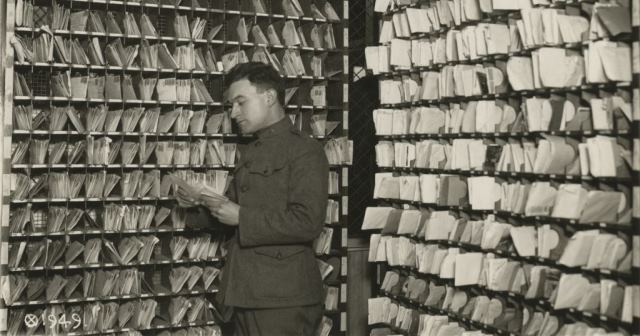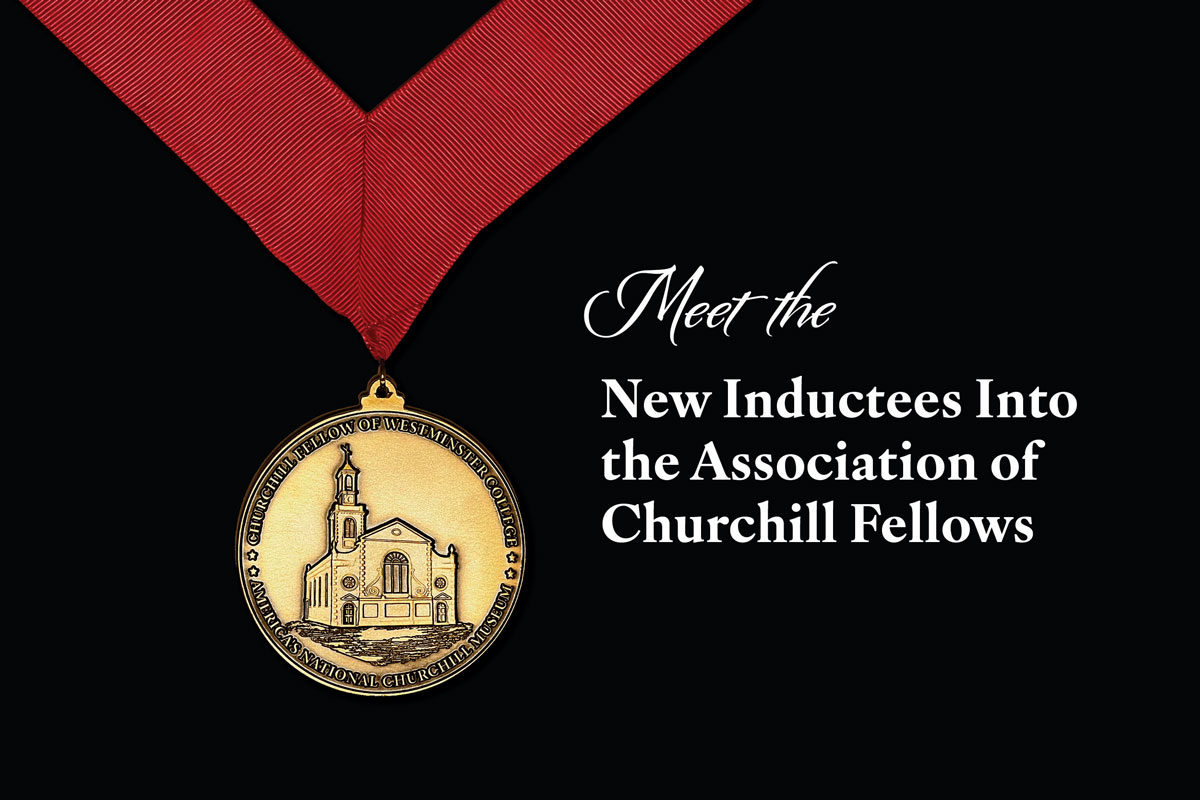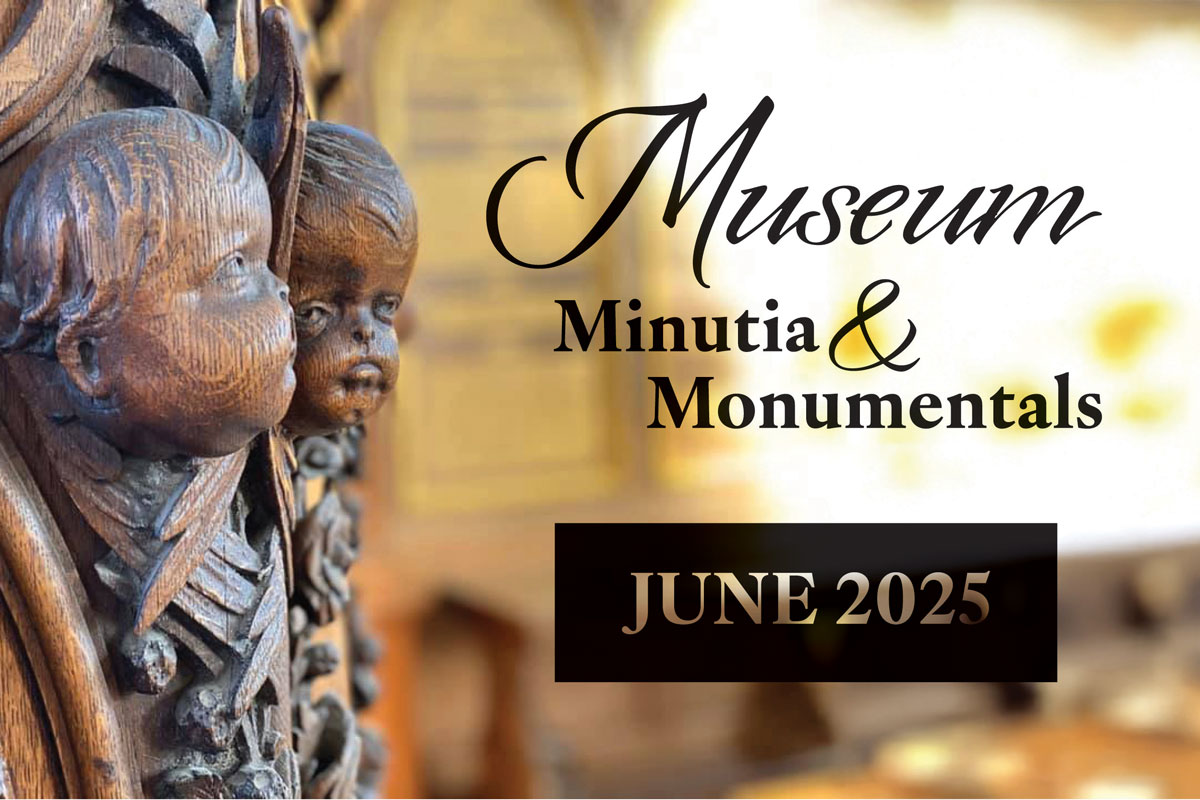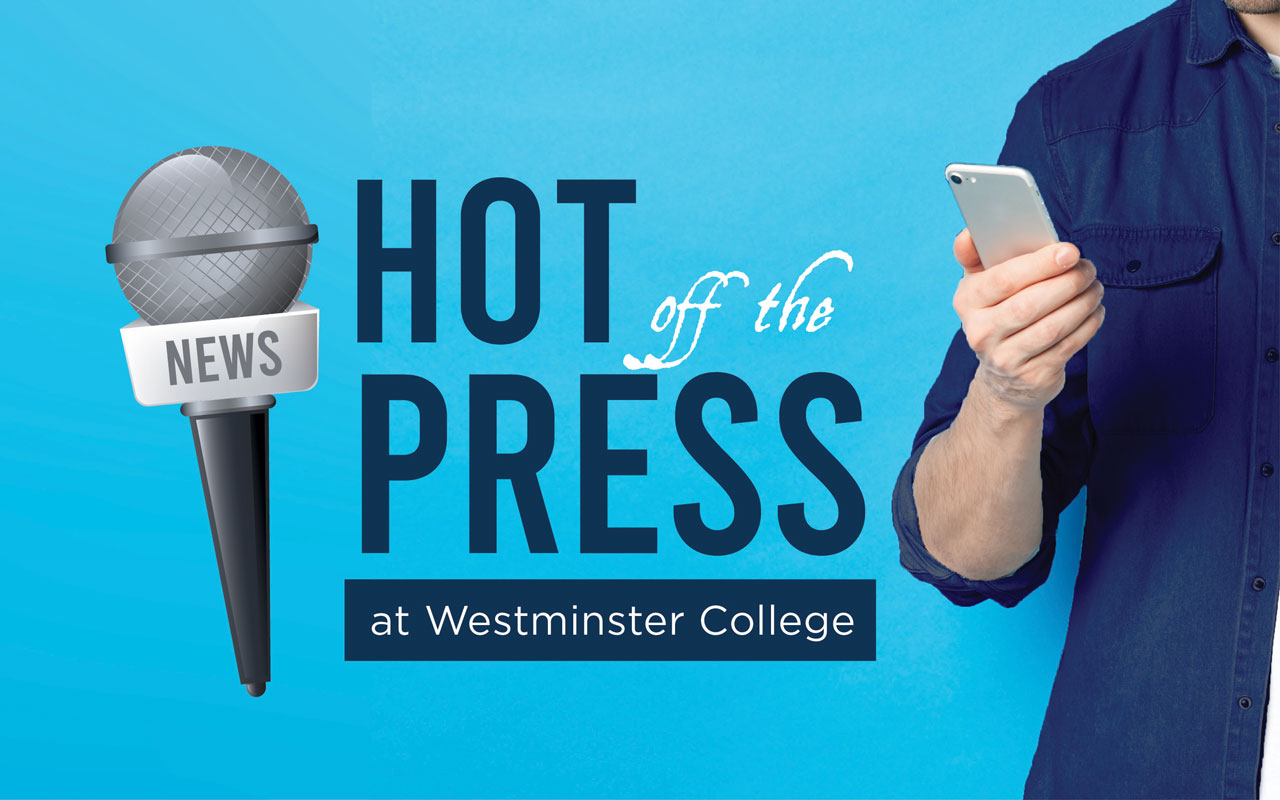Visitors to the National Churchill Museum on the campus of Westminster College in Fulton, MO will explore the fascinating story of military mail and communication from the American Revolution to the current conflicts in Iraq and Afghanistan in a traveling Smithsonian exhibit making a stop on its 15-city national tour August 9-October 19.
The history of America’s military postal system, how the military and postal service have combined forces to provide this vital link to home for American troops, even under challenging and sometimes extreme circumstances, unfolds in “Mail Call,” an exhibition on loan from the Smithsonian Institution Traveling Exhibition Service (SITES).
“’Mail Call’ is a celebration of that moment when a soldier’s name is shouted out and a parcel is handed through the crowd from home to its eager recipient…that moment when the front line and home front connect,” says Kit Freudenberg, Interim Director of the National Churchill Museum. “Letters, news and packages from home unite families, boost morale and in wartime, elevate the ordinary to the extraordinary. “
With compelling documents, photographs, illustrations and audio stations, “Mail Call” explains the importance of this correspondence. Visitors will discover how military mail communication has changed throughout history, learn about the Armed Forces postal system and experience military mail through interesting objects and correspondence both written and recorded on audiotape.
Among the items that bring the story of military mail to life, the exhibition highlights a kit with supplies for “Victory Mail,” a microfilm process developed in World War II to dramatically shrink the volume and weight of personal letters. Beginning in 1942, V-Mail used standardized stationery and microfilm processing to produce lighter, smaller cargo—150,000 microfilmed letters could fit in one mailbag.
Those touring the exhibit will also gain access to dramatic firsthand records and heartfelt sentiments through excerpts from letters exchanged between writers on the front line and the home front.
In addition, the exhibition explores how the military postal system works today and describes the new way the men and women of the Armed Forces are communicating with home.
From the earliest handwritten letters that took days or even months to deliver to today’s instant communication via e-mail or the Internet, “Mail Call” presents the changing look and format of mail pieces through the decades and the complex system put in place to ensure safe delivery.
“Mail has always played a very important role in the lives of the men and women of our Armed Forces and their families at home,” says Exhibit Curator Lynn Heidelbaugh of the National Postal Museum. “Writing and receiving correspondence has a significant power to shape morale. The relationship between mail and morale is expressed time and again in messages from deployed military personnel, and it is a compelling reason behind the extraordinary efforts to maintain timely mail service.”
This exhibit is a traveling version of the permanent exhibition at the National Postal Museum in Washington, D.C.
SITES has been sharing the wealth of Smithsonian collections and research programs with millions of people outside Washington, D.C. for 60 years. SITES connects Americans to their shared cultural heritage through a wide range of exhibitions about art, science and history, which are shown wherever people live, work and play. Exhibition descriptions and tour schedules are available at www.sites.si.edu.
The National Postal Museum is devoted to presenting the colorful and engaging history of the nation’s mail service and showcasing one of the largest and most comprehensive collections of stamps and philatelic material in the world. For more information, visit www.postalmuseum.si.edu.
This is the editorial account for Westminster College news team. Please feel free to get in touch if you have any questions or comments.






